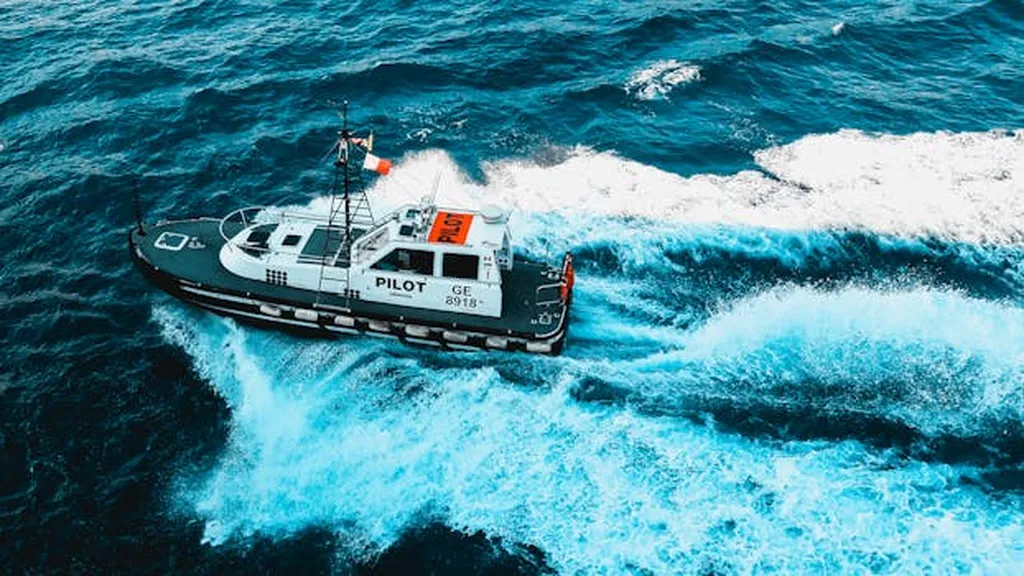In the world of maritime preservation and maintenance, keeping an eye on the condition of ropes is a critical task, especially aboard historic ships. Letizia Rosseti, from the Department of Mechanical, Energy, Management and Transportation Engineering at the University of Genoa, has been tackling this challenge with a modern twist: artificial intelligence. Her recent study, published in the Journal of Marine Science and Engineering (which translates to “Journal of Marine Science and Engineering”), introduces a novel approach to rope condition monitoring using deep learning techniques.
Rosseti and her team developed a portable, low-cost imaging device specifically designed for the Italian training ship Amerigo Vespucci. This device, built around a Raspberry Pi 3 and housed in a 3D-printed protective case, allows the crew to label the state of ropes using colored markers and capture standardized visual data. The goal? To create a dataset that can train convolutional neural networks (CNNs) to autonomously assess rope conditions.
The process involved collecting 207 recordings, curating a balanced dataset through frame extraction, blur filtering using Laplacian variance, and image preprocessing. The team then trained and evaluated CNNs for binary classification of rope conditions. Both custom CNN architectures and pre-trained models like MobileNetV2 and EfficientNetB0 were tested. The results were promising: color images outperformed grayscale in all cases, and EfficientNetB0 achieved the best performance with 97.74% accuracy and an F1-score of 0.9768.
So, what does this mean for the maritime industry? The integration of deep learning techniques into field-deployable inspection tools opens up new avenues for preventive maintenance. As Rosseti explains, “These findings support the integration of deep learning techniques into field-deployable inspection tools for preventive maintenance in maritime environments.” This could lead to safer operations, reduced maintenance costs, and extended lifespans for both historic and modern vessels.
The study also compared model sizes and inference times, confirming the feasibility of real-time deployment on embedded hardware. This is a significant step forward, as it means that such technology could be readily adopted by maritime professionals without requiring extensive computational resources.
In essence, Rosseti’s work demonstrates the potential of AI to revolutionize rope condition monitoring. By leveraging deep learning, maritime professionals can achieve more accurate and efficient inspections, ultimately enhancing safety and operational efficiency. As the maritime industry continues to embrace technological advancements, this research paves the way for smarter, more proactive maintenance strategies.

